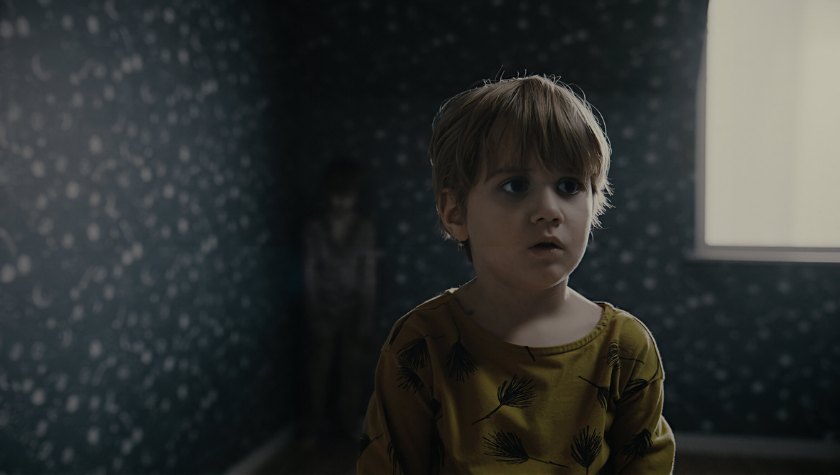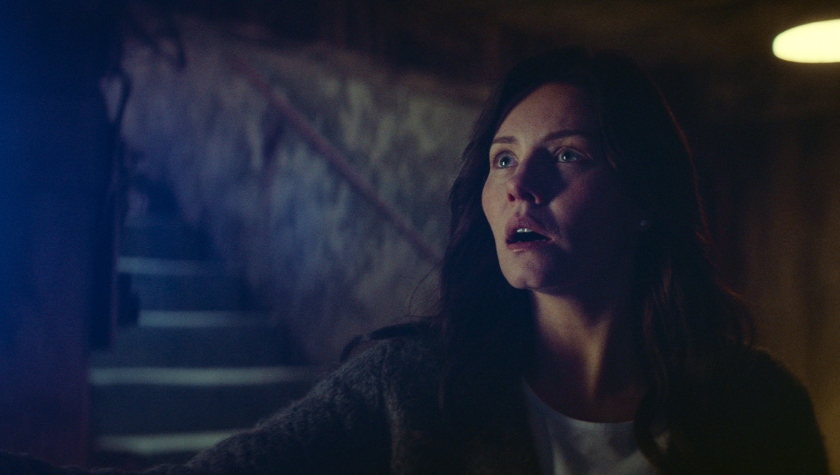Honeydew' Filmmaker Devereux Milburn On Balancing Writing and Directing
April 14, 2021
This week, I had the pleasure of interviewing Devereux Milburn, writer and director of the upcoming insanely brilliant horror film, Honeydew, starring Sawyer Spielberg (yes, that Spielberg), and Malin Barr (Top Dog). Honeydew is a one-hour and forty-six-minute unhinged ride about a young couple seeking shelter in the home of an aging farmer and her peculiar son.
“This is my first feature film to screen, but I’ve written a few feature scripts prior, I just haven’t directed or shot them...yet!” says Milburn.
This was the meat of our fifteen-minute conversation. Having both directed and co-written (with Dan Kennedy, who was also the film's cinematographer) Honeydew, Millburn had a lot of advice to give about creating a balance between the two.
“That’s been the case for every script I’ve written. I have the awareness that I will be directing and as a result, I tend to over saturate with detail, blocking, and special camera notes. For this project, I created a separate script that was just for direction, blocking references and other details.”
Millburn went on to say that this isn’t standard practice for projects he was hired to write for other directors.
“If I was writing for another director, I would strip it down and would probably have a cleaner draft. The final draft for Honeydew was about one hundred and five pages, and it was still cut down a bit in post, but there was a lot of information for the actors and crew in there that another director may not be open to.”
In terms of precedent, Millburn was firm that his director’s hat always took the lead on set.
“We shot the film in barely eleven days, at almost ten pages a day. It sort of forces you to cut where you need to and [during shooting] I started to realize I needed to make sure the important scenes got their due diligence, while also allowing the actors time to process and run through it. Once I’ve written the script, I use it more as a reference, but I pick my battles in the end.”
As for the idea behind Honeydew, Millburn admits that also came together rather quickly.
“I was working on this other script for about two years and was getting pretty anxious to direct. I had been working as an editor at the time. Dan Kennedy sent me a text asking if I wanted to direct a horror movie and I said absolutely! Then we started thinking about how we could achieve that safely in a pandemic. What started as a couple on a camping trip with the usual tropes developed into something more twisted and wound up being Honeydew.”
While the concept came together easily, Millburn developed an interesting approach to outlining.
“Typically, I commit myself to writing nine beats, which is a first act (three beats), second act (three beats), and third act (three beats). It depends on the length, but the first beat is ten pages. It’s more of a guide, so I don’t get carried away on tangents and details. It served me because I tend to overwrite.”
Lastly, I asked Millburn about advice he would give his younger writer self.
“Read as many scripts as possible. You don’t have to read in the specific genre you're writing in, but just anything you can get your hands on. Also, don’t be afraid of structure. Outlining, beat sheets, whatever gets you going. “
Honeydew is now available On Demand, Digital, and DVD.
Written by: Sade' Sellers
Sade Sellers is a screenwriter and producer based in Burbank, California. Originally from Michigan’s capital, Lansing, Sade’ has been working in the entertainment industry since 2009. In 2017, Sade’ was a finalist for Tv One’s Screenwriting competition for her teleplay The Replacement. This achievement motivated the network to hire her as a writer for their upcoming movie of the week event, Deadly Dispatch, which premiered on the platform in the summer of 2019. Through that production process, Sade’ met casting director Leah Daniels-Butler who was in the midst of staffing her production company, 1oneninety5. Sade’ then rose to the role of Vice President of Content Acquisitions and Development and spent the next year learning the ecosystem of film and television development from pitching to production. Using that experience, and bound at home due to COVID-19, Sade’ made a return to her first love, screenwriting, utilizing her free time to write new content. www.sadesellers.com



